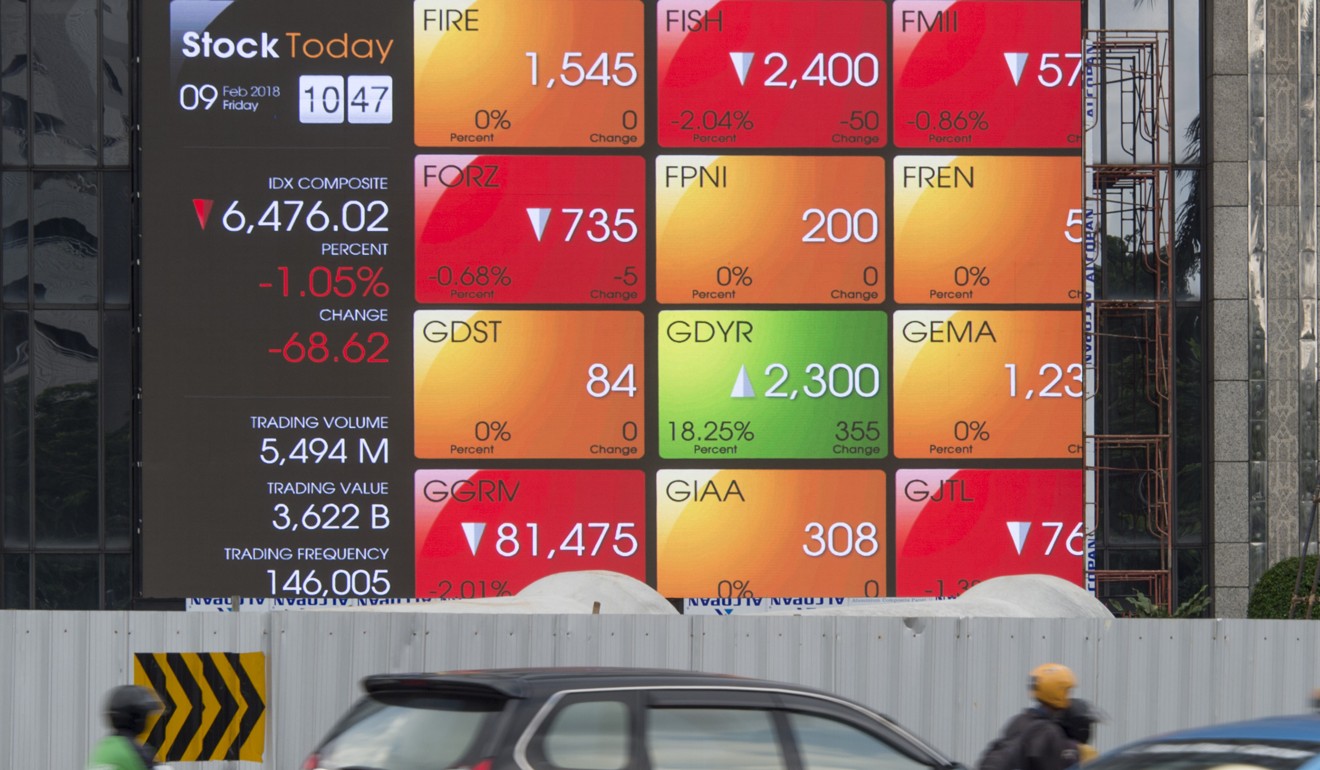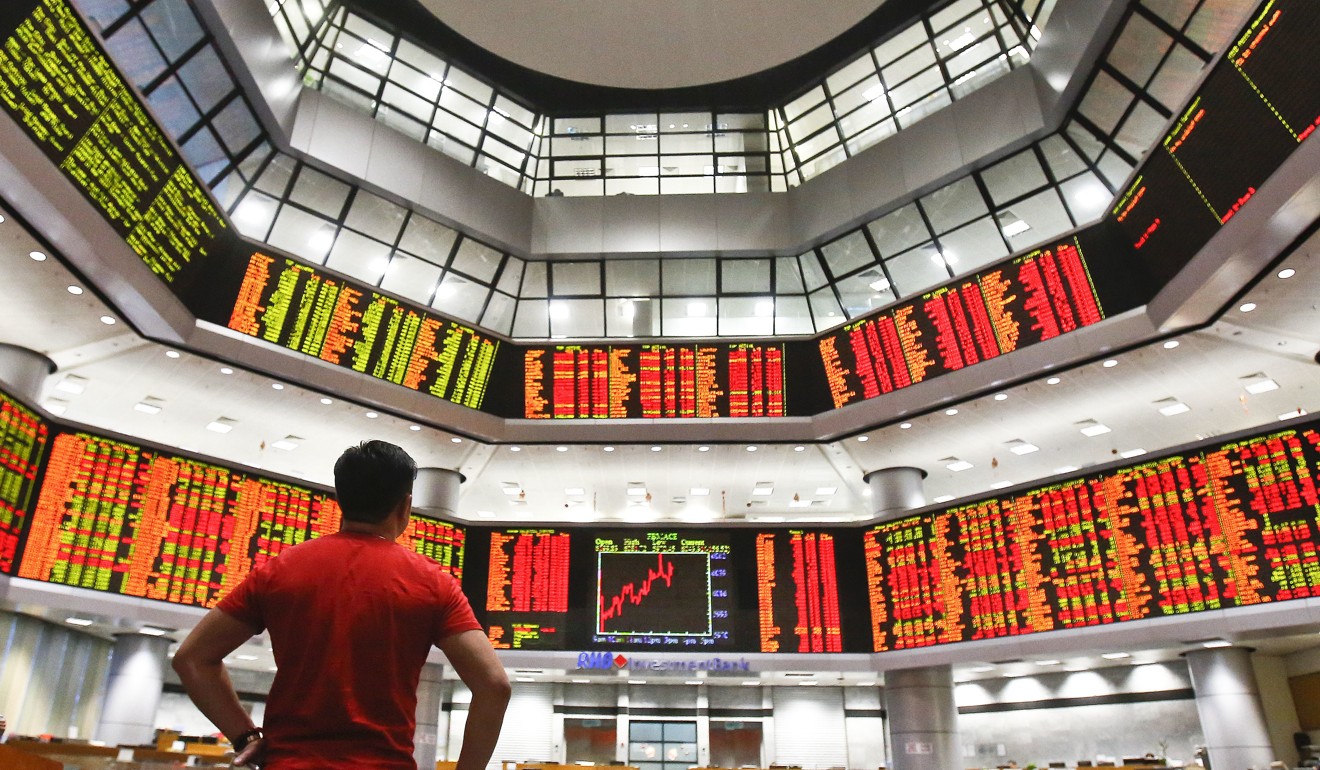OIL IS UP, DOLLAR IS UP, INTEREST RATES ARE UP. SO ASIA IS HEADING DOWN?

Tom Holland, SCMP
Something highly unusual has been happening lately. The three most important prices in the world economy have been going up at the same time. Over the last three months, the US dollar, long term US interest rates, and the price of oil have all been rising simultaneously.
Since February, the US dollar has appreciated by 4.7 per cent against a trade-weighted basket of global currencies. The yield on 10-year US treasury bonds has climbed to 3 per cent for the first time since 2013. And the price of Brent blend crude oil last week hit a three-and-a-half-year high at US$77.50 a barrel.
Such a synchronous price rise is a rare event. Standard economic wisdom, and past economic experience, suggests it is deeply ominous for developing economies, and for emerging Asia especially.
Happily, the outlook might not be quite as daunting as previous episodes of simultaneously rising prices suggest. Nevertheless, if the current trends continue in concert, at least some of the region’s countries will be facing the prospect of slower growth and increased economic turbulence.
A board shows stock prices in front of the Indonesian stock exchange building. Photo: AFP
At first, it might sound as if a rising US dollar could be positive for developing Asia. After all, a stronger US currency means American consumers have more purchasing power when they go shopping for goods made in Asia’s factories. That means exports should contribute more to the region’s growth.
But things are not quite so simple. Investment is more important as an engine of Asian growth than net exports. And with US interest rates at rock-bottom levels over recent years, many Asian companies have chosen to fund their investments with US dollar debt.
A strengthening US currency makes it harder for domestically focused businesses to service those debts, as they have to generate ever-greater sales to make the repayments.
Higher US bond yields only add to the pain, by pushing up US dollar funding costs. Nor is switching to local currency funding much of an answer. A strengthening US dollar makes local currency bond markets less attractive to international investors.
As a result, the Washington-based International Institute of Finance warns capital flows to emerging markets will drop steeply this year, with flows into local currency bond markets running at just half of last year’s levels in April. And of course, if central banks in developing countries raise interest rates to defend their exchange rates against the US dollar, they push up local currency funding costs, curtailing investment and slowing growth.
The SM Mall of Asia in Manila, Philippines. Photo: Reuters
Then there is the impact of rising oil prices. Asian countries are predominantly oil importers, so a higher US dollar price for oil in an environment of a strengthening US dollar means a steeply higher import bill, and a headwind to growth.
If oil prices are rising primarily because of robust global demand, the negative effects are unlikely to be powerful enough to blow growth off course. But the oil price rise of the last few months is largely due to supply constraints and the expectation of further supply disruption to come, as Venezuelan production has collapsed and the US administration has threatened fresh sanctions on Iran and those who do business with the oil-producing Islamic republic.
As a result, dearer oil will hurt demand. The effect is likely to be especially severe in developing countries. Their economies tend to be more oil intensive, burning more oil to produce each unit of output. And with fuel costs a greater proportion of household spending than in rich countries, the burden will be borne by consumers, crowding out other spending and crimping growth.
Not all developing economies are equally vulnerable to this triple whammy of a strengthening US dollar, rising US yields and higher oil prices. Among the most exposed are those countries which do not save enough domestically to finance their investment needs, leaving them reliant on inflows of foreign capital.
Trading boards at a private stock market gallery in Kuala Lumpur, Malaysia. Photo: AP
Globally, these include Turkey and Argentina, both of which last year ran current account deficits equal to around 5 per cent of their gross domestic product (GDP). Last week the Turkish lira fell to fresh lows, down more than 13 per cent against the US dollar so far this year. Meanwhile a 13 per cent slump in the Argentine peso since late April forced the Argentinian government to go cap in hand to the International Monetary Fund for the second time since 2000.
Things in Asia are less dire. But if the current parallel trends continue, countries with current account deficits or high levels of debt, much of it owed to foreign investors, will begin to look increasingly at risk. These include Indonesia and Malaysia, and to a lesser extent India and the Philippines.
Indonesia is currently running a current account deficit of around 2 per cent of GDP, with relatively meagre foreign reserves relative to the size of its economy. Meanwhile Malaysia’s public debt stands at around 50 per cent of GDP, with almost half of its local currency debts owed to foreigners, leaving the economy vulnerable to capital outflows.
Worse, both countries have responded to higher oil prices with promises of increased fuel subsidies. In Indonesia, President Joko Widodo has reintroduced a subsidy programme he scrapped just four years ago. And in Malaysia, 92-year-old Mahathir Mohamad promised to bring in new fuel subsidies in an election campaign that last week saw him returned to power 15 years after he retired as prime minister.
A worker at Indonesia’s central bank stacks rupiah banknotes in Jakarta. Photo: AP
In both cases, government subsidies will exacerbate already troublesome budget deficits, which will further damage sentiment among foreign lenders.
As a result, renewed subsidy programmes are highly likely to do more economic harm than good, while doing little if anything to relieve pressures on household spending power.
There is an encouraging aspect to all this. Although US yields are unlikely to drop back to the ultra-low levels of a couple of years ago, and although constrained supplies will support the oil price through this year, there are sound reasons to believe the current strength of the US dollar may prove transitory.
If the US dollar does resume the weakening trend that prevailed through last year, it will ease the headwinds faced by developing economies. If not, Asia should prepare for squalls.





